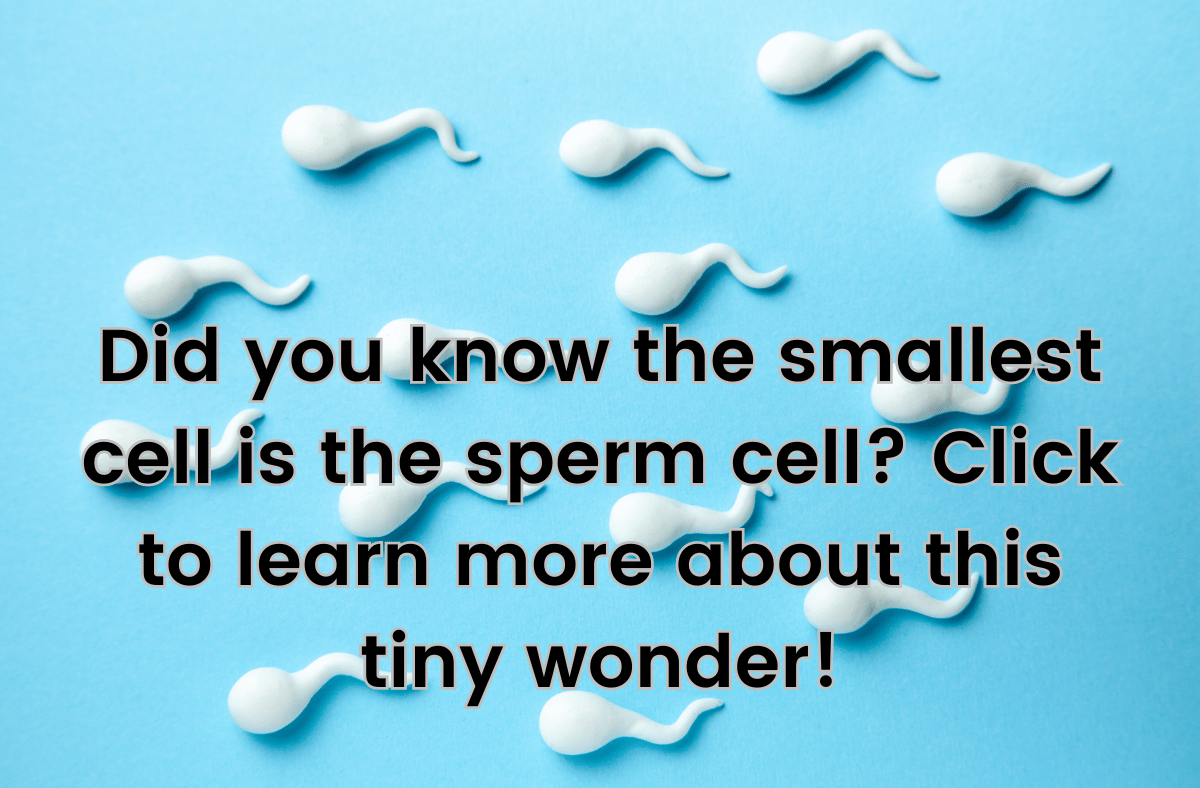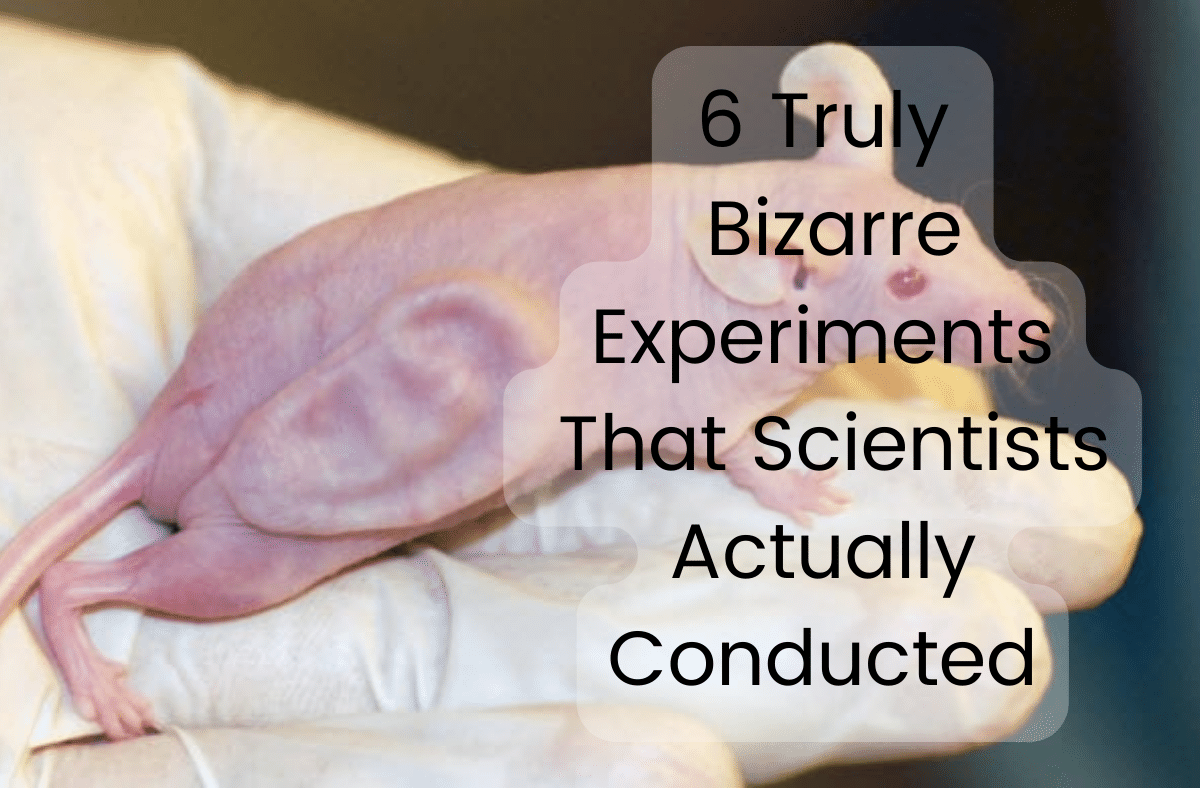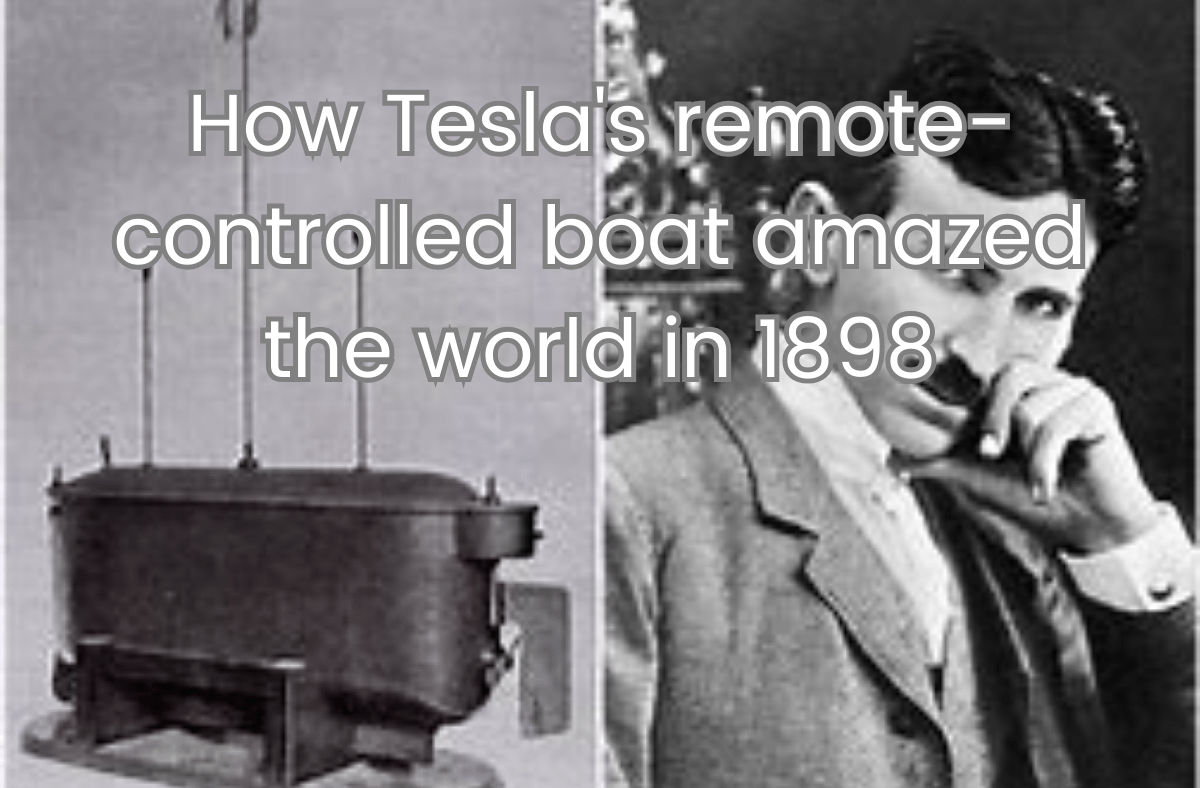Throughout history, scientists have conducted experiments that have advanced our understanding of the natural world and improved our lives. Some of these experiments have been so groundbreaking that they have changed the course of history and shaped the world we live in today. In this article, we will explore eight fascinating experiments that changed the world, from the discovery of gravity to the creation of the internet.
The discovery of penicillin by Alexander Fleming
In 1928, Alexander Fleming was studying bacteria. He left a petri dish uncovered and went on vacation. When he came back, he noticed something strange. The dish had mold on it, and the bacteria around the mold were dead. Fleming realized that the mold produced a substance that killed the bacteria. He named it penicillin. This discovery led to the development of antibiotics, which save millions of lives every year.
The Stanford prison experiment by Philip Zimbardo
The Stanford prison experiment was a study of human behavior. Philip Zimbardo, a psychologist, created a mock prison in 1971. He randomly assigned 24 students to be either guards or prisoners. The experiment was supposed to last two weeks, but it ended after six days. Why? Because the guards became abusive and the prisoners suffered psychological distress. The experiment showed how social roles can influence people’s actions and attitudes.
The double-slit experiment by Thomas Young
What happens when you shine light through two narrow slits? Thomas Young tried this in 1801. He observed a pattern of bright and dark bands on a screen. This showed that light behaves like a wave. Moreover, he proved that light can interfere with itself. His experiment was crucial for the development of quantum physics.
The Michelson-Morley experiment by Albert Michelson and Edward Morley
This experiment tested the existence of aether, a medium for light waves. It was performed in 1887 using a device called an interferometer. The device split a beam of light into two parts and recombined them after traveling different paths. The experiment showed that the speed of light was constant in all directions. This result contradicted the aether theory and paved the way for Einstein’s theory of relativity.
The Milgram experiment by Stanley Milgram
How far would you go to obey authority? This question was explored by psychologist Stanley Milgram in 1961. He conducted a controversial experiment in which participants were asked to administer electric shocks to a learner who answered questions incorrectly. The shocks increased in intensity with each wrong answer, up to a lethal level. The learner was actually an actor who pretended to be in pain. The experiment revealed that most participants obeyed the experimenter’s commands and continued to shock the learner, even when they heard screams and pleas for mercy. The experiment showed how people can be influenced by authority figures and social pressure, even when it goes against their moral values.
The DNA structure by James Watson and Francis Crick
In 1953, two scientists discovered the shape of DNA. They used X-ray images from another researcher, Rosalind Franklin. Their model showed that DNA is a double helix, like a twisted ladder. This finding explained how genetic information is stored and passed on. It also opened new fields of study, such as biotechnology and gene therapy.
The Pavlov’s dogs experiment by Ivan Pavlov
Ivan Pavlov was a Russian physiologist who studied how animals learn. He trained dogs to salivate when they heard a bell, even without food. This experiment showed that learning can occur through associations. It also influenced psychology and behaviorism.
The Rutherford’s gold foil experiment by Ernest Rutherford
In 1911, Ernest Rutherford conducted a groundbreaking experiment. He bombarded a thin sheet of gold foil with alpha particles. Most of them passed through the foil, but some bounced back. This result surprised Rutherford. He concluded that atoms have a tiny, dense nucleus surrounded by mostly empty space. His experiment changed our understanding of atomic structure.






























